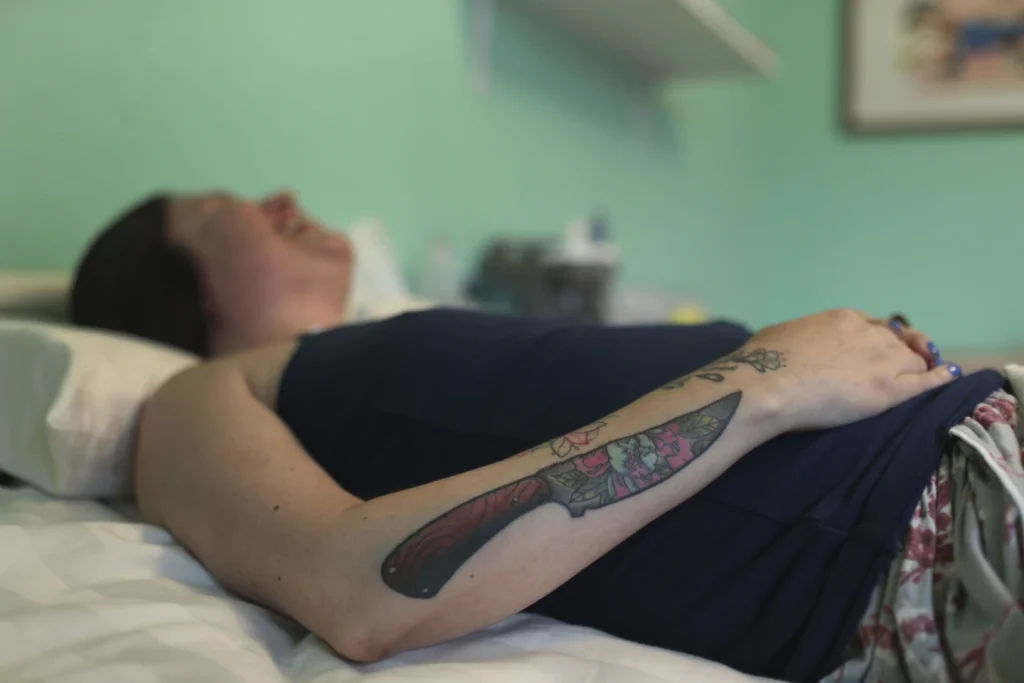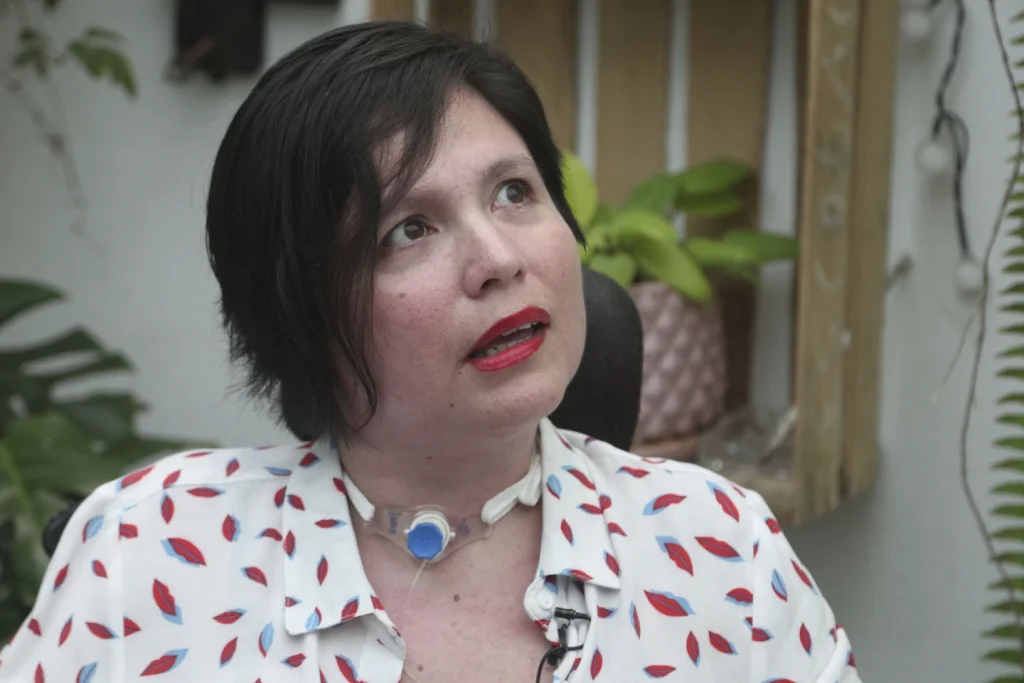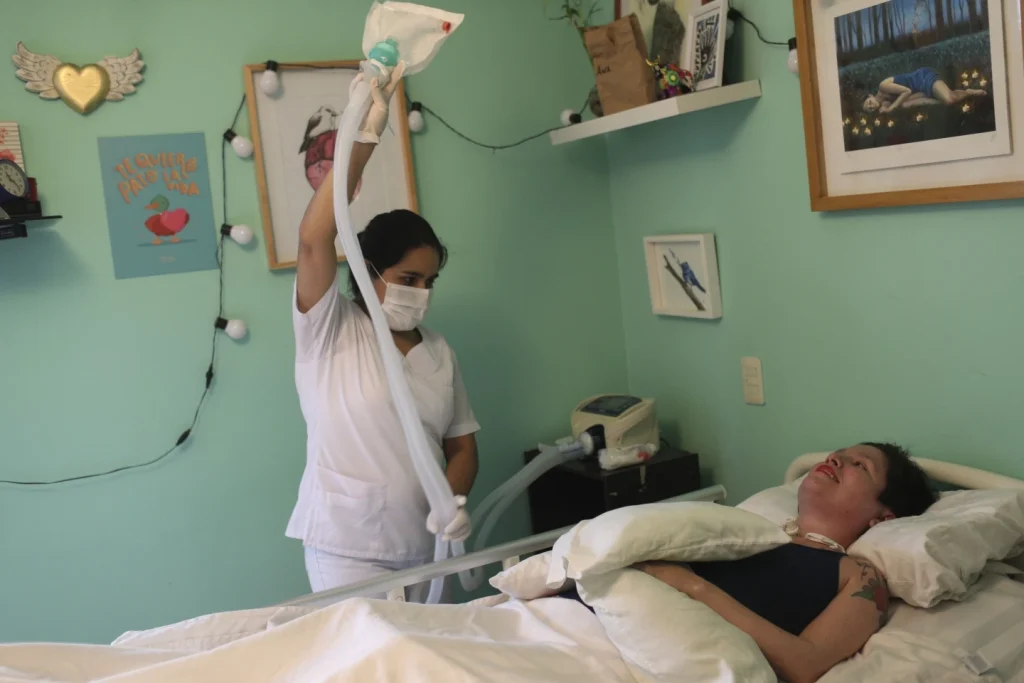In a poignant turn of events that captured the attention of the world, Ana Estrada, a Peruvian psychologist, made history by becoming the first person in Peru to be granted the right to die with medical assistance.
Estrada’s battle for autonomy over her own life and the right to end her suffering on her own terms sheds light on the complex ethical and legal issues surrounding euthanasia and assisted suicide. This essay delves into the case of Ana Estrada, exploring the moral, legal, and societal implications of her decision to pursue euthanasia.
Ana Estrada’s story is one of courage, resilience, and unwavering determination in the face of adversity. Diagnosed with polymyositis, a debilitating disease that gradually weakened her muscles and confined her to a bedridden existence, Estrada found herself grappling with the harsh realities of a life marked by excruciating pain and physical deterioration.
Faced with the prospect of a future devoid of quality of life and plagued by unrelenting suffering, Estrada made the courageous decision to seek euthanasia as a means to end her torment.
Estrada’s legal battle for the right to die with dignity was fraught with challenges and obstacles. In a country where euthanasia and assisted suicide are staunchly prohibited by law, Estrada’s quest for autonomy over her own death sparked heated debates and raised profound questions about individual rights, medical ethics, and the sanctity of life.
Despite facing staunch opposition from conservative factions and enduring protracted legal proceedings, Estrada remained steadfast in her conviction that she had the right to choose how and when to end her life.
The legalization of euthanasia and assisted suicide remains a contentious issue in many countries around the world.
While proponents argue that individuals should have the right to die with dignity and alleviate their suffering through medical intervention, opponents raise concerns about the slippery slope of legalizing practices that could potentially devalue human life and undermine the sanctity of the medical profession.
In the case of Ana Estrada, the Peruvian Supreme Court’s landmark decision to grant her the right to die with medical assistance represents a significant milestone in the ongoing debate over end-of-life care and patient autonomy.
At the heart of the debate surrounding euthanasia lie profound ethical considerations that touch upon fundamental questions of human dignity, autonomy, and compassion.
Proponents of euthanasia argue that individuals who are terminally ill or suffering from incurable conditions should have the right to choose a peaceful and dignified death, free from unbearable pain and suffering.

In contrast, opponents contend that legalizing euthanasia could have far-reaching consequences, such as eroding trust in the medical profession, compromising the value of human life, and potentially leading to abuses of vulnerable individuals.
Ana Estrada’s legacy transcends the boundaries of her native Peru, serving as a poignant reminder of the enduring struggle for dignity and autonomy in the face of adversity.
Her courageous battle for the right to die with dignity has sparked important conversations about end-of-life care, patient rights, and the ethical complexities of euthanasia.
By sharing her story with the world, Estrada has become a symbol of resilience, compassion, and the unwavering pursuit of personal autonomy in the face of insurmountable odds.
The case of Ana Estrada stands as a testament to the profound ethical dilemmas and moral complexities inherent in the debate over euthanasia.
By challenging the status quo and advocating for her right to die with dignity, Estrada has left an indelible mark on the discourse surrounding end-of-life care and patient autonomy.
As society grapples with the ethical implications of euthanasia and assisted suicide, the legacy of Ana Estrada serves as a powerful reminder of the importance of compassion, empathy, and respect for individual autonomy in matters of life and death.
In conclusion, Ana Estrada’s courageous journey highlights the need for a nuanced and compassionate approach to end-of-life care, one that respects the autonomy and dignity of individuals facing terminal illness and unbearable suffering.
As we reflect on her legacy, let us strive to uphold the principles of compassion, empathy, and respect for personal autonomy in navigating the complex terrain of euthanasia and end-of-life decision-making.
Ana Estrada’s story is a testament to the enduring power of the human spirit in the face of adversity and a reminder of the profound importance of upholding the dignity and autonomy of every individual, even in the most challenging of circumstances.
Ana Estrada’s story is one of resilience, determination, and the fight for autonomy over one’s own life. Diagnosed with a degenerative neuromuscular disease as a teenager, Estrada faced numerous challenges as her condition progressed.
Despite the limitations imposed by her illness, she pursued her education, obtained a psychology degree, and became a therapist, achieving a level of independence that allowed her to purchase her own apartment and live apart from her parents.
However, as the years went by, Estrada’s condition deteriorated to the point where she was confined to her bed, unable to perform even the most basic tasks without assistance.
In the face of such adversity, she made the decision to share her story through a blog, using transcription software to communicate her struggles and her ultimate decision to seek euthanasia as a means of ending her suffering.
Euthanasia, the practice of intentionally ending a life to relieve pain and suffering, is a highly controversial topic that has sparked debates and legal battles around the world.
In many countries, including most of Latin America, euthanasia remains illegal, with only a few, such as Canada, Belgium, and Spain, having legalized it.
In the United States, some states allow physician-assisted suicide, where a terminally ill patient is provided with the means to end their own life under the guidance of a doctor.
In the case of Ana Estrada, her fight for the right to die with euthanasia led her to take legal action, ultimately winning a lawsuit that granted her the autonomy to make this decision for herself.
With the support of Peru’s Human Rights Ombudsman, she participated in court sessions through video conferences, making her case for the freedom to choose when and how to end her life.
Estrada’s plea for euthanasia was not a desire for immediate death, but rather a request for the freedom to decide when the suffering became too much to bear. She emphasized that she valued life and wanted to bid farewell to her loved ones in peace and tranquility, on her own terms.
The case of Ana Estrada sheds light on the complexities of end-of-life decisions and the importance of respecting an individual’s autonomy and right to make choices about their own body and well-being.
It also highlights the need for continued dialogue and legal reform regarding euthanasia and assisted dying, as well as the importance of providing compassionate end-of-life care for those facing terminal illnesses.

While the topic of euthanasia may continue to be a subject of controversy and ethical debate, Ana Estrada’s story serves as a powerful reminder of the importance of empathy, understanding, and the recognition of individual autonomy in the face of profound suffering.
Her courage and determination in the face of adversity have sparked conversations and legal changes that have the potential to impact the lives of countless others facing similar circumstances.
As society continues to grapple with the complexities of end-of-life care and the right to die with dignity, the story of Ana Estrada serves as a poignant reminder of the need for compassion, empathy, and respect for individual autonomy in the face of profound suffering.
